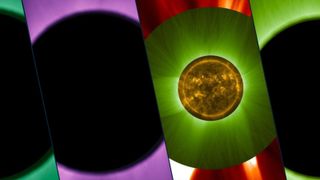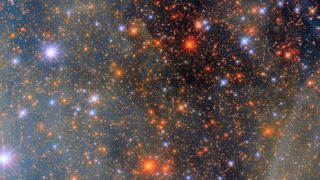
Jamie Carter
Jamie Carter is a freelance journalist and regular Live Science contributor based in Cardiff, U.K. He is the author of A Stargazing Program For Beginners and lectures on astronomy and the natural world. Jamie regularly writes for Space.com, TechRadar.com, Forbes Science, BBC Wildlife magazine and Scientific American, and many others. He edits WhenIsTheNextEclipse.com.
Latest articles by Jamie Carter

Summer solstice arrives in North America
By Jamie Carter last updated
The summer solstice, the longest day of the year in the Northern Hemisphere, falls on June 20 this year in North America, and June 21 in Europe.

Summer solstice 2025: When is the solstice, why does it happen, and how do cultures celebrate?
By Jamie Carter last updated
What is the summer solstice, and when does it happen? The longest day of the year falls on either June 20 or 21 every year in the Northern Hemisphere. Here's everything you need to know about the science, and timing, of the summer solstice.
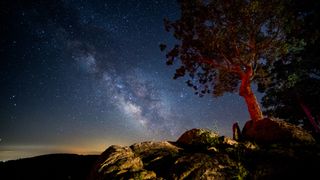
How to see the Milky Way at its best in June
By Jamie Carter published
"Core season" for the Milky Way has arrived, with our galaxy visible all night as a band of light arching across the sky. Here's where, when, and how to get the best views in June.
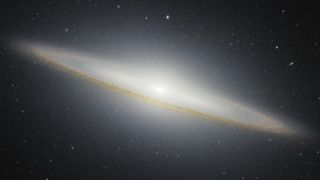
Space photo of the week: James Webb telescope takes best look at 'Sombrero Galaxy' in 244 years
By Jamie Carter published
New near-infrared observations by the James Webb Space Telescope highlight a tightly packed group of stars at the peculiar galaxy's center as well as dust on its outer fringes.
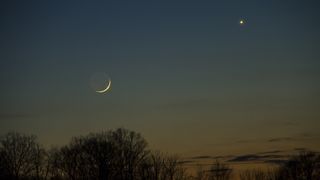
Two stunning conjunctions will light up the sky later this month. Here's how to view them.
By Jamie Carter published
This month will usher in two separate conjunctions — one between the moon and a rarely-visible Mercury, and another between the moon and Mars.
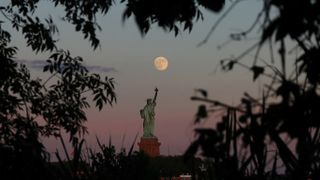
When is June's full moon, and why is it called the 'Strawberry Moon'?
By Jamie Carter published
June's full 'Strawberry Moon' will be at its fullest on Wednesday, June 11, but that's not the best time to see it.

Space photo of the week: Pink 'raindrops' on the sun captured in greatest detail ever
By Jamie Carter published
Solar scientists have unveiled spectacular new images of plasma "rain" in the sun's corona using adaptive optics.
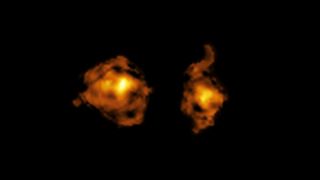
Space photo of the week: Violent galaxies seen 'jousting' near the dawn of time
By Jamie Carter published
The new image shows one galaxy piercing another with intense quasar radiation. Astronomers likened the violent galaxy collision to a medieval joust.
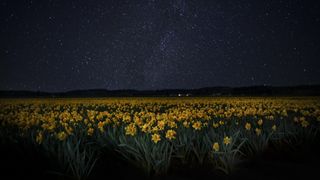
May's best stargazing week has begun. Here's what to see.
By Jamie Carter last updated
This week is the best time in May to view the night sky. Here's everything you can see during May's dark skies, from an upside-down bear to some of the oldest stars in the universe.
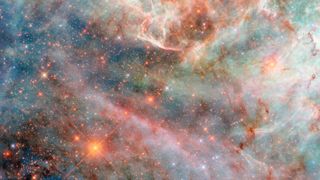
Space photo of the week: Cotton candy clouds shine in one of Hubble's most beautiful images ever
By Jamie Carter published
The Large Magellanic Cloud, which is visible only from the Southern Hemisphere, has been caught in the crosshairs of the Hubble Space Telescope.
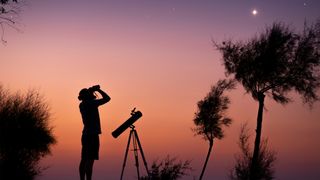
9 best things to see in the night sky with binoculars: May to July 2025
By Jamie Carter published
Explore the wonders of the Northern Hemisphere's night sky with our guide to the best celestial sights you can observe with binoculars between May and July.
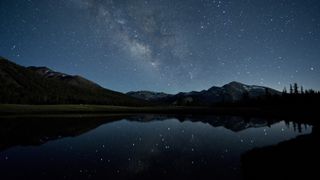
The Milky Way will be visible across the US this month. Here's how to get the best views.
By Jamie Carter published
For those in midlatitudes of the Northern Hemisphere, the arc of our galaxy becomes easier to see in May. Here's when and where to look.
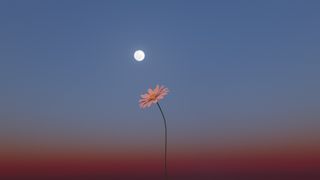
May's full 'Flower Moon' rises tonight
By Jamie Carter last updated
May's full moon appeared full all weekend, but will peak tonight (Monday, May 12). Here's everything you need to know about it.
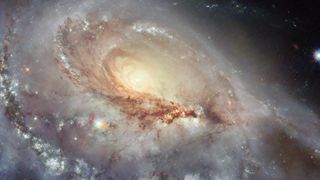
Space photo of the week: Bizarre 1-armed spiral galaxy stuns Hubble scientists
By Jamie Carter published
Astronomers used the Hubble Space Telescope to image "peculiar" galaxy Arp 184 (NGC 1961) about 190 million light-years away. Remarkably, the spiral galaxy has only one visible arm.
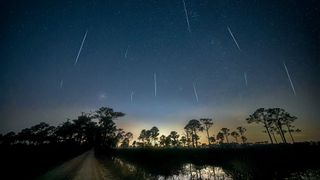
Eta Aquariids peak tonight: How to see remnants of Halley's comet
By Jamie Carter last updated
The annual Eta Aquariid meteor shower, linked to Halley's Comet, will peak overnight tonight (May 5 to 6).
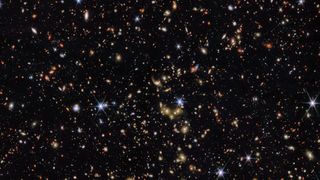
Space photo of the week: Record-breaking James Webb telescope image captures 1,678 galaxy groups at once
By Jamie Carter published
Astronomers used the James Webb Space Telescope for the largest and deepest sample of galaxy groups, some of which were up to 12 billion light-years away.
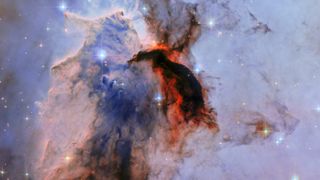
Space photo of the week: Iconic 'Eagle Nebula' gets a major glow-up on Hubble's 35th anniversary
By Jamie Carter published
One of the Hubble Space Telescope's most iconic images has been reprocessed using the latest techniques.

See Venus at its 'greatest brilliancy' this week — or wait until Sept. 2026
By Jamie Carter published
Early on April 24, Venus will be at its brightest in the morning sky — just 67 days after it was at its brightest in the evening sky. Here's why.
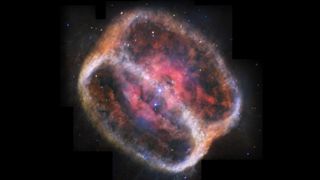
James Webb telescope reveals hidden past of the Crystal Ball Nebula - Space Photo of the Week
By Jamie Carter published
The James Webb Space Telescope has pointed its infrared optics at the 'Crystal Ball Nebula' NGC 1514, a planetary nebula studied since the late 1800s.
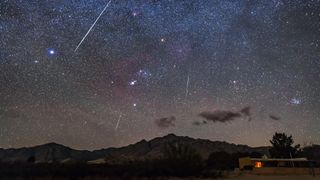
Lyrid meteor shower peaks after Easter: How to spot the most 'shooting stars'
By Jamie Carter last updated
Roughly 20 "shooting stars" per hour may be visible during the peak of the Lyrid meteor shower overnight on Monday, April 21-22.
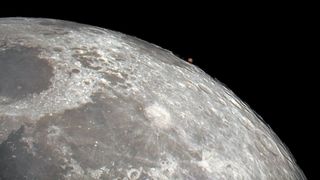
Mars rises over the moon's horizon at the best possible time
By Jamie Carter published
A new image has emerged of the Red Planet rising above the lunar limb after being occulted by the moon in January.
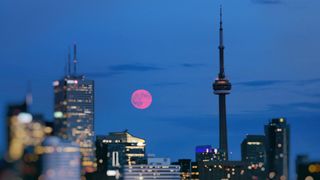
A 'Pink Moon' rises this weekend – here's how to see it, and why it's so special
By Jamie Carter published
Also known as the 'Paschal Moon,' April's full 'Pink Moon' will rise alongside Spica, one of the brightest stars in the night sky, on April 12.
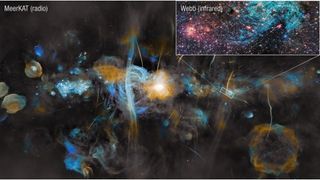
Space photo of the week: The chaotic heart of the Milky Way like you've never seen it before
By Jamie Carter published
The James Webb Space Telescope (JWST) has teamed up with the MeerKAT radio telescope array to explore how magnetic fields affect star formation at the chaotic center of the Milky Way.
Get the world’s most fascinating discoveries delivered straight to your inbox.
